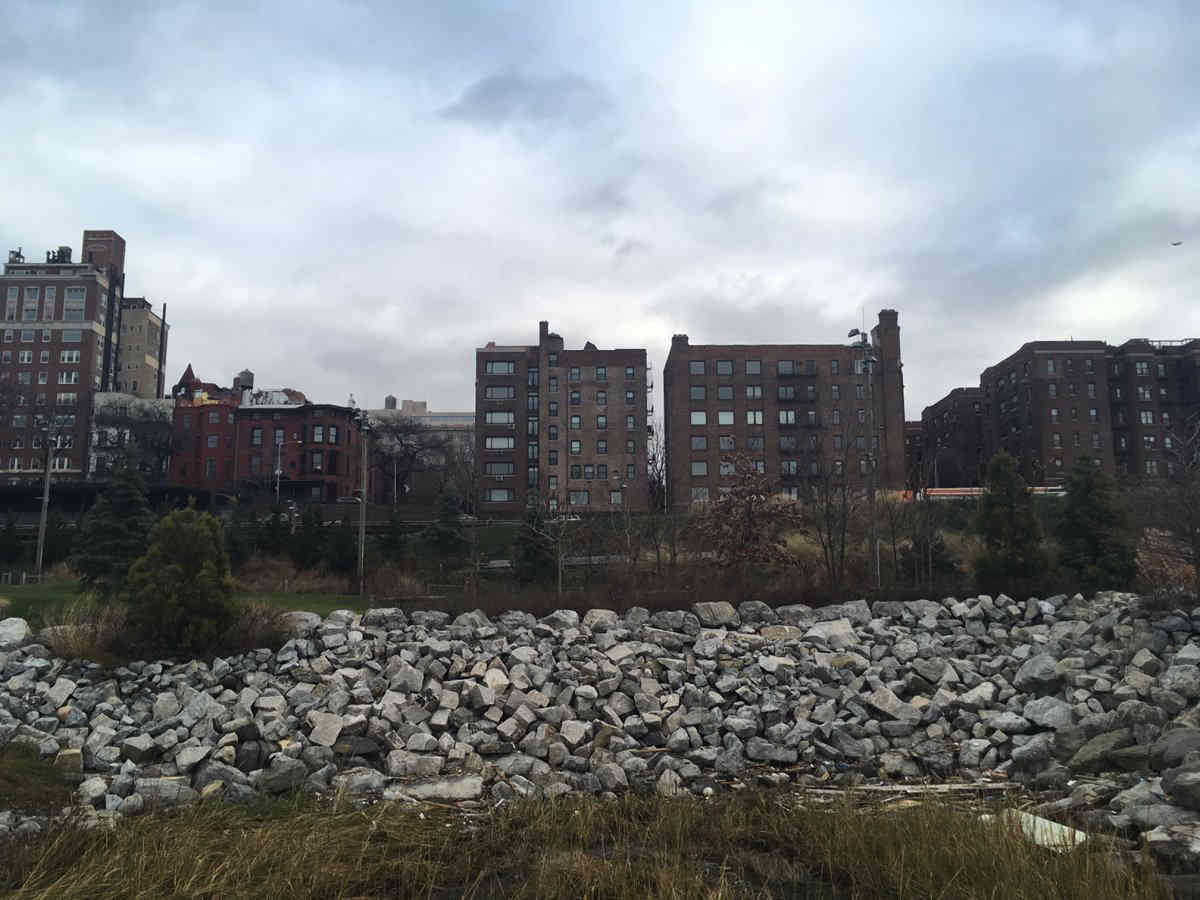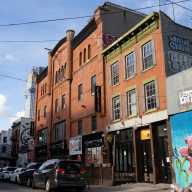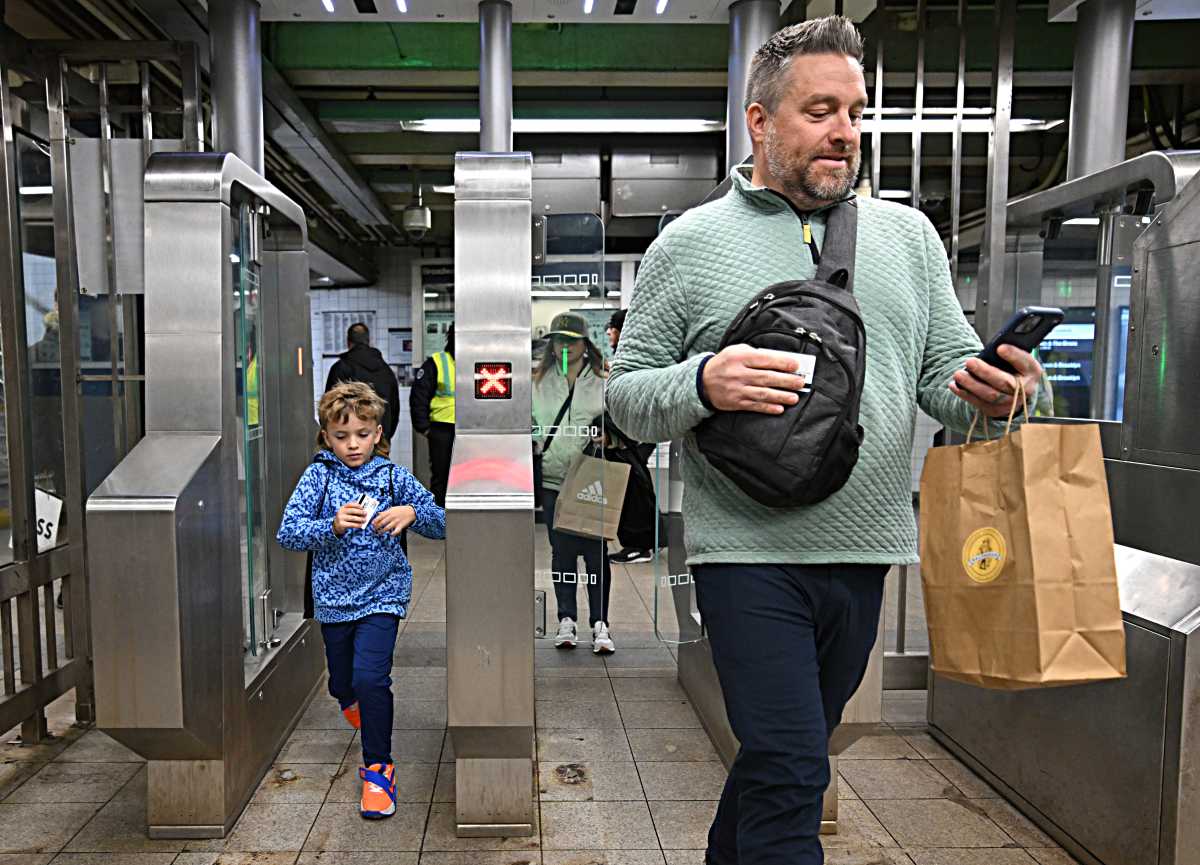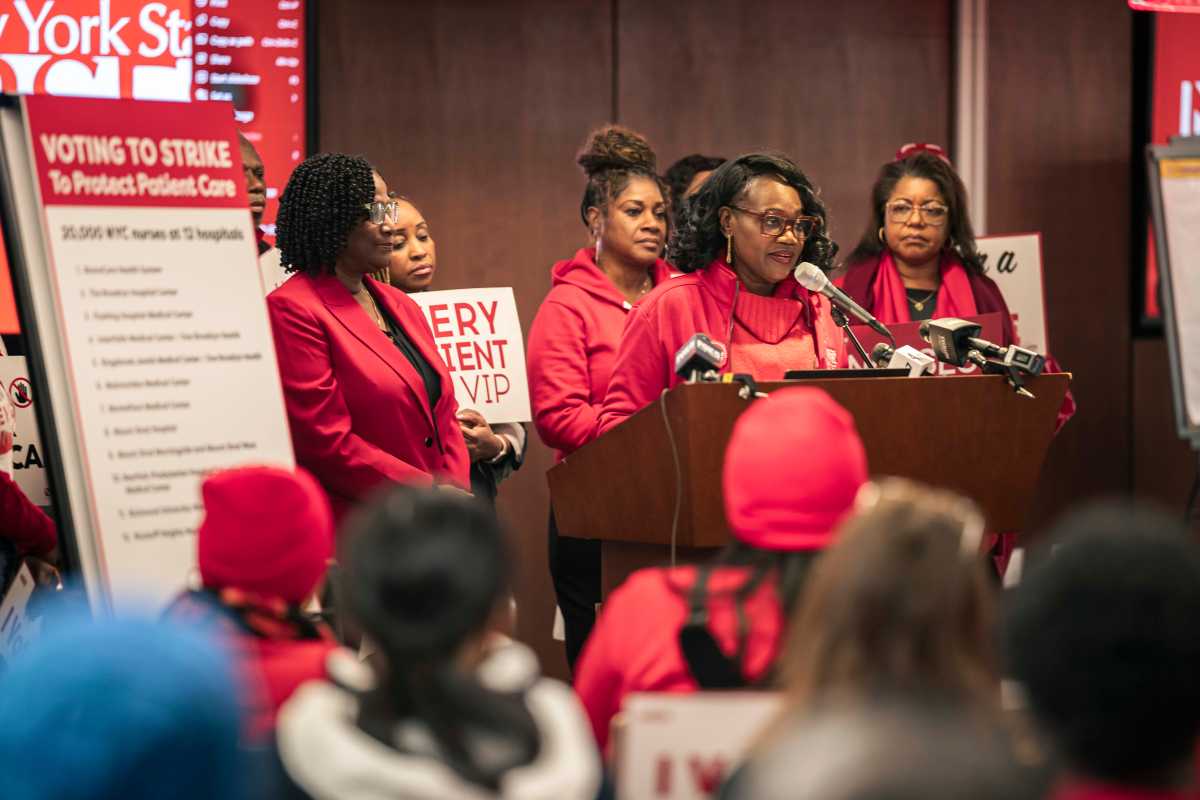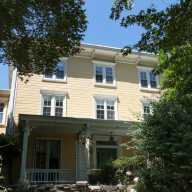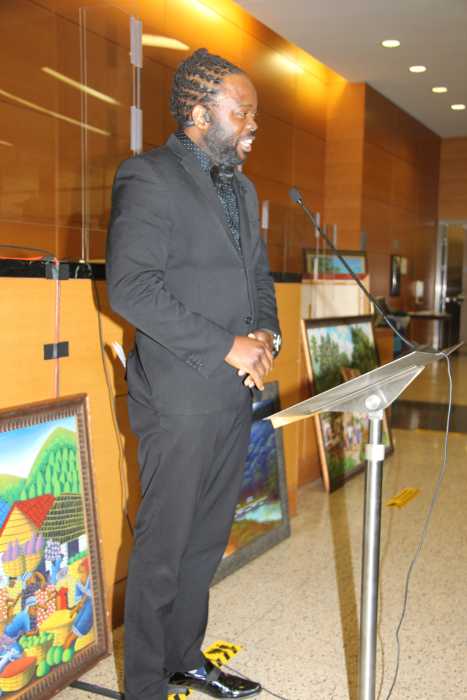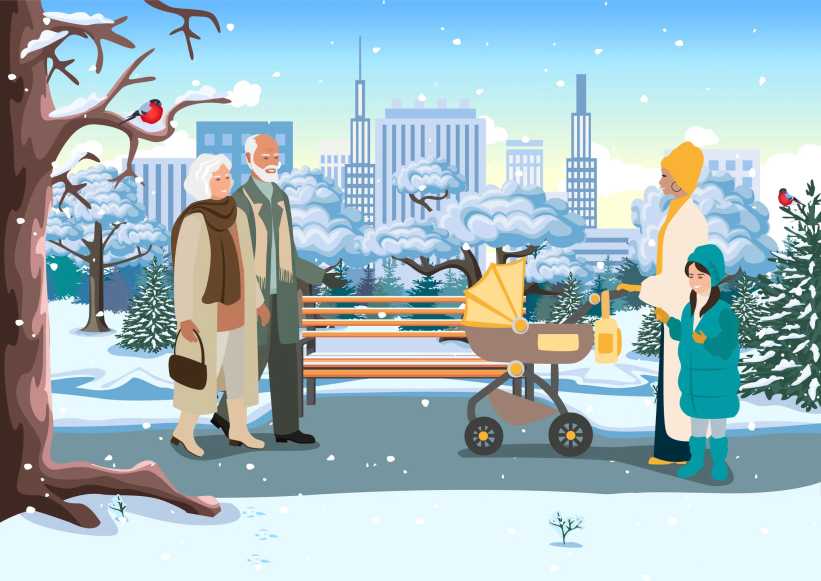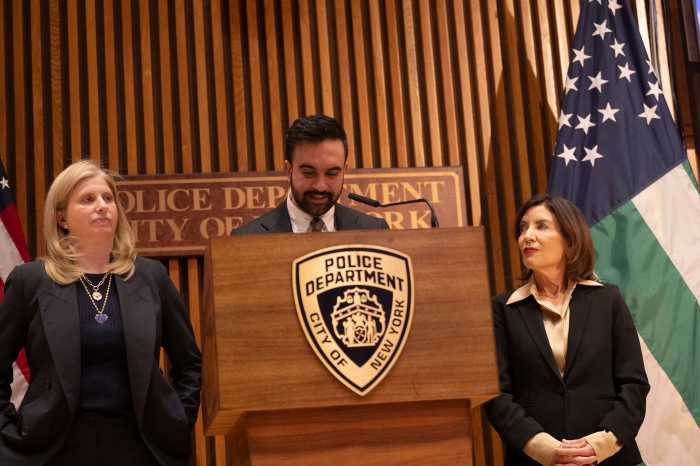Talk about an alternative route!
City officials are considering a new scheme for their looming fix to the Brooklyn–Queens Expressway’s triple cantilever. The plan proposes creating a temporary roadway near Brooklyn Bridge Park for expressway traffic during the repairs, instead of sending those cars and trucks on a speedway that would replace the Brooklyn Heights Promenade for much of the years-long fix.
“We are examining a range of options that aim to minimize the traffic disruption and effects on surrounding communities,” said City Hall spokesman Seth Stein. “We are moving through the process and will continue engaging with the community.”
Department of Transportation bigwigs at a Nov. 19 meeting with pols, including Brooklyn Heights Councilman Stephen Levin, Assemblywoman Jo Anne Simon, and state Sen. Brian Kavanagh, promised to explore the proposal, which leaders of civic group the Brooklyn Heights Association tapped an urban planner to create as an alternative to the city’s two previously floated options for the job that could start as soon as 2020 — six years before experts say the 70-year-old, three-tiered stretch of expressway may start to collapse under the weight of the thousands of trucks that travel it daily.
Those options include the so-called traditional approach — in which the triple cantilever would be reconstructed lane-by-lane through 2029, causing backups that the city said could stretch for up to 12 miles — and the so-called innovative approach, which many officials including Mayor DeBlasio prefer, and would replace the historic walkway atop the triple cantilever with a six-lane road feet from locals’ windows for no less than six years as workers toil to shore up the infrastructure by 2026.
Both city options come with price tags north of $3 billion, almost twice as much as what agency leaders originally predicted. And the traditional approach still requires closing the Promenade atop the cantilever, but likely only for up to two years, according to officials.
The Heights Association’s chosen architect, Marc Wouters, proposed a third way, however. He called for creating a temporary two-level structure for expressway traffic closer to the Furman Street border of Brooklyn Bridge Park, featuring one level with three lanes for Bay Ridge–bound vehicles, and the second with three lanes headed towards Queens, according to the civic group’s head, who noted the proposed structures’ lanes are equal in number to those officials suggested laying down on the Promenade.
“The concept would be for three lanes both eastbound and westbound, which is equivalent to the capacity in the DOT plan,” said Peter Bray.
Such a roadway — which Levin and other locals suggested during the city’s first public hearing on the massive project back in September — would not prevent locals from using the waterfront lawn, Bray said. Rather, it would likely sit near, or on, the noise-cancelling berms park leaders recently built along Furman Street to muffle the sound of passing traffic in the green space.
“The concept would impact the Park’s berms to some extent but would not affect the Park’s useable space,” he said.
Wouters’s plan — which did not come with a price tag, or a timeline, although Bray said it would allow the job to finish faster than both city options — would also still require closing the Promenade for some time, according to the civic leader, as the walkway is part of the triple cantilever being repaired.
And although Transportation Department chief Polly Trottenberg assured Bray’s group that her team would go back to the drawing board and pore over the new proposal following its presentation, she did not say when the city will announce which route it will take to repair the 1.5-mile stretch of expressway between Atlantic Avenue and Sands Street, he said.
“She promised her staff would evaluate it to see whether they found any flaws in the concept that would preclude it as a possibility,” he said. “There was no conclusion reached at the meeting, and they promised they would get back at to us at some point in the near future.”


